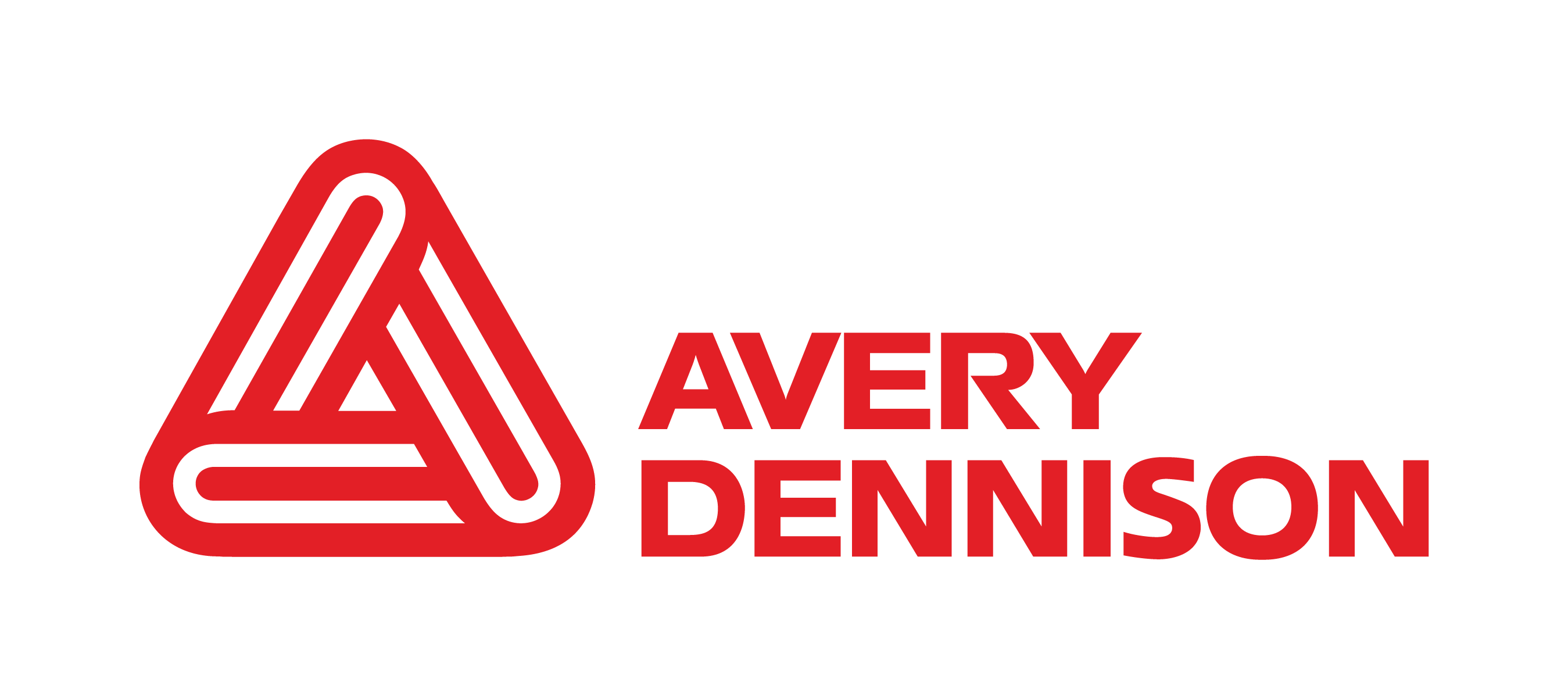Get in touch with your local Avery Dennison representative or contact us here and download our “Small. Yet Significant.” guide to navigating sustainable labeling for the home and personal care segment to learn more about how you can start incorporating labeling best practices into your EcoDesign decisions.
-
Label & Packaging Materials
- Europe
- North America
- Latin America
- Asia Pacific
-
Avery Dennison Corporation
- North America
- Asia Pacific
- Europe
- South America
-
Environmental, Social, Governance (ESG)
- Global
-
Automotive Solutions
- Global
-
Avery Dennison Medical
- Global
-
Fastener Solutions
- Global
- Asia Pacific
-
Graphics Solutions
- North America
- Europe
- Latin America
- Asia Pacific
-
Hanita Coatings
- Global
-
Inks
- North America
-
Muse
- Global
-
Personal Care
- Asia Pacific
- Global
-
Performance Polymers
- Global
- Europe
-
Performance Tapes
- Global
- Europe
-
Apparel Solutions
- North America
- Asia Pacific
- newness
-
RFID
- Global
- Europe
- Asia Pacific
-
Reflective Solutions
- Global
-
Yongle
- Global
- Asia Pacific
-
Identification Solutions
- North America
- Europe
-
Mactac
- EMENA
- Asia Pacific
-
Electrified
- North America
-
Digital Ink Solutions
- North America




